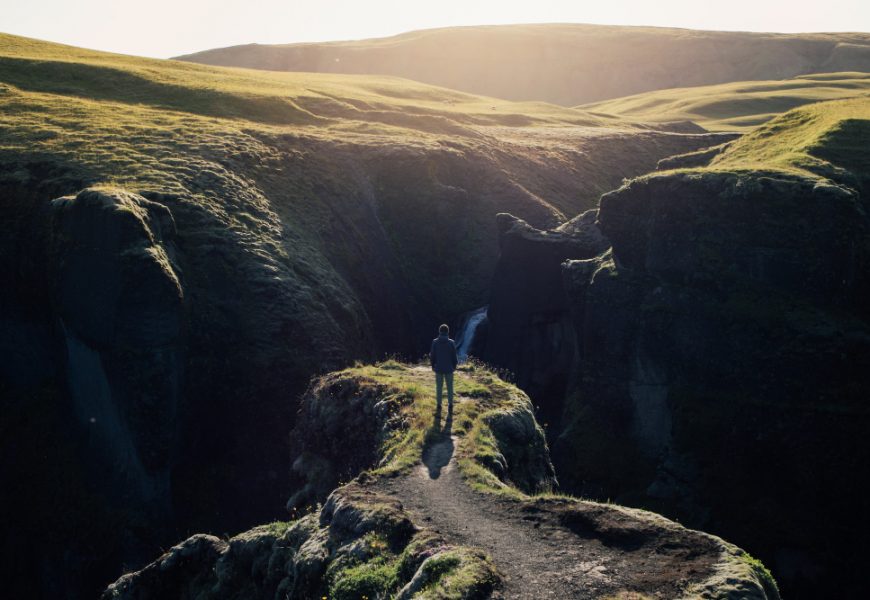Beyond the Obvious Itineraries
Why do we travel? For many, the answer begins with ideas of escape, leisure, or exploration. Yet when every image from a destination looks identical to the postcard that preceded it, we begin to wonder if we are following discovery at all—or simply retracing footprints that have already hardened into well-worn trails. True exploration starts where the maps thin out, where information becomes scarce, and where uncertainty quietly asks if we are prepared to listen instead of dictate.
Travel off the beaten path is not about chasing Instagram-worthy landscapes emptied of crowds. It is not about avoiding lines or claiming we have “seen it first.” It is about loosening our grip on control, acknowledging that we arrive not as consumers owed an experience but as observers granted a temporary glimpse into lives that continue without our presence. In this sense, a remote valley or a barely-marked fishing settlement reminds us that the world was never designed as a theme park for outsiders.
In such places, rhythms are slower, less curated. A village may move to the cadence of seasonal planting rather than the schedules of tour buses. Markets may close without warning, or open only when the fisherman returns with his morning catch. To step into this current is to surrender the expectation that every moment aligns with a timetable. Instead, meaning emerges through the pauses—a conversation tested with gestures and laughter, a silence shared while watching clouds crawl over ridges, a meal eaten in rough bowls offered with simple generosity.
This way of journeying requires humility. One cannot demand access to traditions that exist for those who live them, nor assume entitlement to capture every ritual with a lens. Respect becomes the anchor: recognizing boundaries, honoring privacy, and asking what it means to witness without exploitation. To travel off the beaten path responsibly is therefore less a hobby and more a mindset—an orientation toward curiosity tempered by awareness, adventure softened by sensitivity.
It is in this balance that we discover “worlds within worlds,” layers of humanity impossible to glean from top-ten lists. A forest path that does not exist on a guide app might lead to elders who still carry oral histories. A canoe ride across a river with no signposts might reveal ecosystems unchanged for centuries. These are encounters reminding us that the globe remains vast, unpredictable, and textured far beyond the tourist circuits we assumed were definitive maps of Earth’s wonders.
Charting Your Own Route Into the Unknown
The modern traveler faces a paradox: information about every destination pours from guidebooks, blogs, and viral videos, yet genuine discovery feels thinner with each scroll. To chart one’s own route into the unknown means resisting the gravitational pull of these familiar frames. It demands patience—the courage to move slower, the openness to linger with uncertainty.
The most meaningful adventures rarely arrive brightly packaged. They reveal themselves quietly: in unmarked fields where a shepherd offers bread without ceremony, in coastal towns where the day’s rhythm is measured by tides instead of timetables, in mountain hamlets where songs echo through night air though they were never recorded. These are not “experiences” advertised on itineraries; they are moments that unfold precisely because they cannot be planned.
Yet stepping into such journeys requires strength of a different kind. Infrastructure may falter—road signs missing, buses delayed indefinitely, language barriers rising high. But within these challenges lies richness: the discovery that warmth often brims where vocabulary fails, that a home-cooked dish can surpass any polished restaurant, that getting lost can reveal places no compass could have predicted.
To walk untrodden paths is to accept frustration as part of travel rather than as a flaw in it. A missed connection might lead to tea shared with strangers. A wrong turn might open into a hillside brimming with wildflowers untouched by any itinerary. Each delay, each uncertainty, becomes less an obstacle and more an invitation—an invitation to practice attentiveness, to notice how a place breathes, to attune to subtle exchanges of gesture, scent, and sound.
Maps can chart distances but not intimacy; they can plot rivers but not the laughter rising from their banks. Traveling off the beaten path teaches us to listen for what the maps leave out: the unspoken codes of community, the ways stories travel from elder to child, the quiet pulse of landscapes unshaped by global demand.
Ultimately, this kind of travel is not about conquest but about being received—with gratitude, humility, and reverence. It reshapes us into guests rather than consumers. It teaches us that the world is not shrinking, despite how many photographs circle online, but remains vast, layered, and alive with hidden reserves awaiting those who approach with open senses, open minds, and open hearts.
When we step beyond the obvious itineraries and chart our own path into unheralded terrain, we are reminded that discovery is not a checklist. It is a practice—a way of moving through the world that values resonance over recognition, connection over consumption. And in that practice, we begin to glimpse not only unknown corners of the globe but unknown corners of ourselves.









